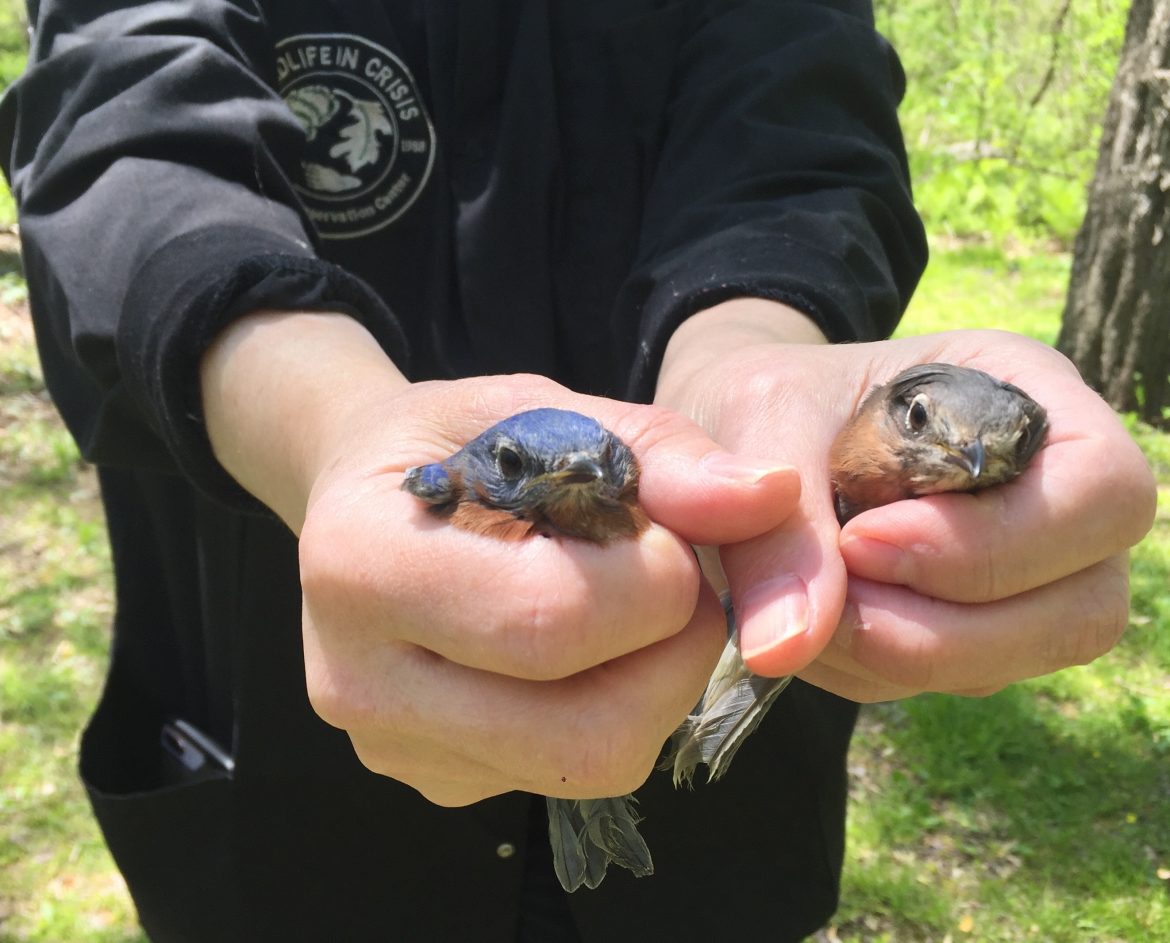The NewCanaanite.com Summer Internship Program is sponsored by Carriage Barn Arts Center.
A New Canaan High School student’s recent analysis of bird population data shows an increase in recent years of two species.
According to an analysis by rising senior Avery Cotton, New Canaan has seen a sharp rise in the number of turkey vultures and fish crows sighted here.
“The hypothesis behind this steep increase was that these species which had previously been accustomed to different climates, or southern warmer weather,” Cotton told members of the Conservation Commission at their July 13 meeting, held in Town Hall and via videoconference. “They were expanding their ranges northboard because temperatures were warming around here, and that accommodated their specific needs.”
Cotton—an avid birdwatcher and member of the University of Connecticut’s Conservation Ambassador program, part of Uconn’s Natural Resources Conservation Academy—based his analysis on more than 1,200 individual handwritten checklists found at the New Canaan Nature Center, spanning 1977 to 1992, all compiled on a monthly basis. To supplement that data, Cotton received additional annual Christmas Day Bird Count data.
In his 30-minute presentation to the Commission, Cotton noted that the Nature Center data was unearthed by his mentor, Frank Gallo, and that he received supplementary data—going back to 1900 and up to present day—from Cynthia Ehlinger.
While the change in environment may have benefited some species, Cotton also found decreasing trends among others.
“Northern bobwhite and ruffed grouse, both of which were game birds, exhibited pretty steep declines, however the trend here was a little less clear,” he said. “The number of individuals was never too high, so it was kind of difficult to analyze this.”
He added that a bobwhite last was seen here in 1983.
“Ruffed grouse hung around for a little longer actually, the last sighting was in 2009,” Cotton said.
The Nature Center checklists also detailed several “harbinger” species—birds that were once never present in the area, but are now somewhat commonplace. One example is the wild turkey, which is now seen somewhat regularly, he said.
“With this enormous volume of checklists and individual sightings, initially I found it pretty daunting to try and zero in on a couple of individual species,” he said. “But with the help of Mr. Gallo, he helped try and direct my attention towards species that he suspected or he knew had been either increasing or declining throughout the time period.”
The Nature Center data had been collected from the backyard sightings from 55 selected volunteers. One of the most notable volunteers was Moon Hannan, who provided the most checklists out of all of them, with 158 submissions in total. He would later donate a parcel of his Canoe Hill property, known as “Hannan Field,” to the New Canaan Land Trust.
In addition to detailing the bird species in the area, the records also contained several other valuable statistics, Cotton said. He described the process of how the checklists were created, saying, “What the volunteer would do is that they record the first day of month in which they saw the species, as well as their rarity code. There are four different rarity codes, ranging from a single individual seen to abundant.”
When asked by commissioners what he believed the declining bird populations could be attributed to, Cotton said, “It’s a little bit more difficult to come up with something like this. I would say, in part, the decline can be attributed to probably the climate as well, I think they’re more suited to colder climates overall.”
He added that “one of the sources of decline of just in game birds in general, I’m not 100% sure that these two rely on it but it’s something called mast crops, which was basically this food source for game birds, and Mr. Gallo hypothesized that because their abundance fluctuated a lot throughout the time period, that this could have led to the eventual decline with this species.”
Cotton said he believed increasing temperatures in New Canaan has been a deciding factor. He referred to a temperature graph, saying, “It pretty much shows that the average temperature in Fairfield County has increased by about five degrees fahrenheit since 1900, which is a pretty significant increase.”
In an effort to help preserve these records, Cotton and Gallo worked together to upload the data they collected to Ebird, an online database put together by the Cornell Lab of Ornithology, which gives birders across the globe a place to compile their findings.
He described his experience there as a “weeklong session at Uconn where the students engage, kind of just research and education about all different aspects of conservation, and the second part which is what this presentation is on is an independent project designed by myself and my mentor, Frank Gallo, who’s the Naturalist at the Nature Center now, as well as with the help of Uconn grad student, Chris Cane.”

Bravo Avery Cotton for undertaking original research into birding trends in our Town. By sorting and digitizing the records, you’ve done a real service towards the long term analysis of shifting and declining bird populations – even here in New Canaan. Thank you.